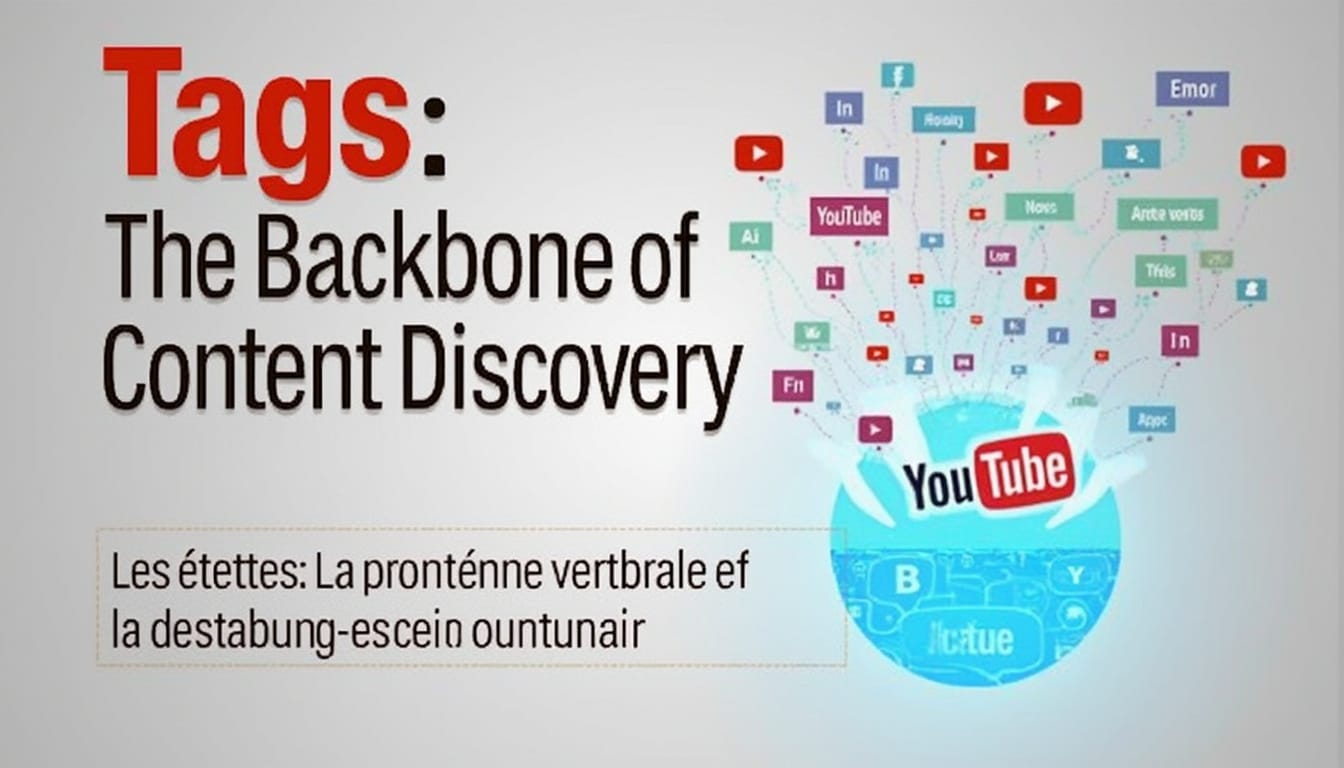You may find yourself wondering what the key differences are between YouTube tags and TikTok tags, especially as a content creator in today’s digital landscape. Both platforms provide unique tools for enhancement and discoverability that can significantly impact your reach. While YouTube is renowned for long-form videos and in-depth learning opportunities, TikTok has carved out its niche with short, snappy clips that captivate audiences quickly. Understanding how tags function on both platforms is essential for maximizing your content visibility and effectiveness.
The primary role of tags is to enhance discoverability by associating a video with relevant topics and keywords. This association aids algorithms in understanding the content’s context and relevance. Hashtags are a fundamental aspect of both platforms; however, their applications and impacts differ significantly. In this exploration, we’ll delve deeper into the functionality of each, how they influence audience engagement, and the strategic best practices for optimizing your tags.
Understanding Tags on YouTube
YouTube tags serve as non-visible metadata that helps the platform’s algorithm categorize your video content. Tags are not seen by viewers but play a crucial role in search engine optimization (SEO). One of the pivotal reasons behind effective tagging is to consider keywords that encapsulate the essence of the content shared.
When selecting tags, you should prioritize a balance of relevant and specific keywords that accurately reflect your video. The platform allows up to 500 characters for tags, so the key is to use them wisely. It’s commonly recommended to avoid over-tagging, as using irrelevant or excessive tags can backfire, causing your video to be less likely to appear in search results. Always concentrate on quality over quantity.
How Many Tags Should You Use?
The common practice is to include between 5 to 10 impactful tags that closely relate to the video content. For example, a cooking tutorial video might use tags like ‘cooking flow,’ ‘easy recipes,’ and ‘meal prep.’ Furthermore, branded hashtags can enhance visibility as audiences become aware of your specific series or theme.
Best Practices for YouTube Tags
Using the right tags on YouTube is vital for improving discoverability. Tags should be oriented towards the long-tail keywords that your audience is actively searching for. Utilizing tools such as Google Trends and various SEO platforms can illuminate trending tags related to your niche. This proactive research is a significant step toward understanding your audience’s behavior.
Moreover, consider the use of general tags alongside specific ones. While specific tags hone in on your video’s content very closely, general tags can help associate your video with broader categories and improve reach.
Keyword Research and Competitor Analysis
Competitors’ effective tagging strategies can provide insights into what works. By analyzing successful videos in your niche, you can garner ideas on tags that perform well. Tools have emerged recently, offering detailed analytics that can help you track the performance of your tags. These insights are invaluable for modifying your tagging strategy over time. Experimentation is a key element – do not be afraid to change and revise your tag strategy based on what your metrics indicate.

Unpacking TikTok Tags
In stark contrast, TikTok employs a straightforward approach to tagging that involves hashtags displayed prominently above the video titles. Utilizing hashtags is critical on TikTok as they offer real-time engagement opportunities, often leading to viral trends. With a 150-character limit on video descriptions, creators must craft messages that resonate quickly, along with effective hashtag deployment.
The primary purpose of hashtags on TikTok is to elevate the reach of your video beyond just your followers. When users click on a hashtag, they’re presented with a stream of videos under that tag, making it essential to choose hashtags that attract audiences interested in that content theme. TikTok creators often use trending hashtags to leverage current trends and join larger conversations.
The Power of Trends on TikTok
Trend participation can be beneficial. Creators should stay updated with trending sounds, challenges, and filters as these elements are often accompanied by specific hashtags. By adopting trending tags, you position your content higher in potential discovery feeds. But beware of irrelevant tagging, as TikTok users quickly identify when content strays from the expected.
Best Practices for TikTok Tags
Discoverability on TikTok is heavily influenced by the use of audio, challenges, and visual storytelling. Hence creators should tailor their content to fit the dynamic nature of the platform. Strategically choosing hashtags that resonate with your audience’s current interests is essential.
Analyzing TikTok Tag Performance

The Key Differences Between YouTube and TikTok Tags
While YouTube and TikTok tags serve similar purposes in enhancing visibility, their effectiveness and implementation diverge incredibly. Tags on YouTube focus heavily on long-term searchability, while TikTok tags are leaned towards current trends and immediate engagement. Understanding these differences can significantly impact a creator’s strategy on either platform.
Tag Visibility
On YouTube, tags aren’t visible to the audience, functioning purely for backend optimization. Conversely, TikTok hashtags are prominently displayed and act as instant gateways for audience interaction. This visibility increases engagement potential directly.
